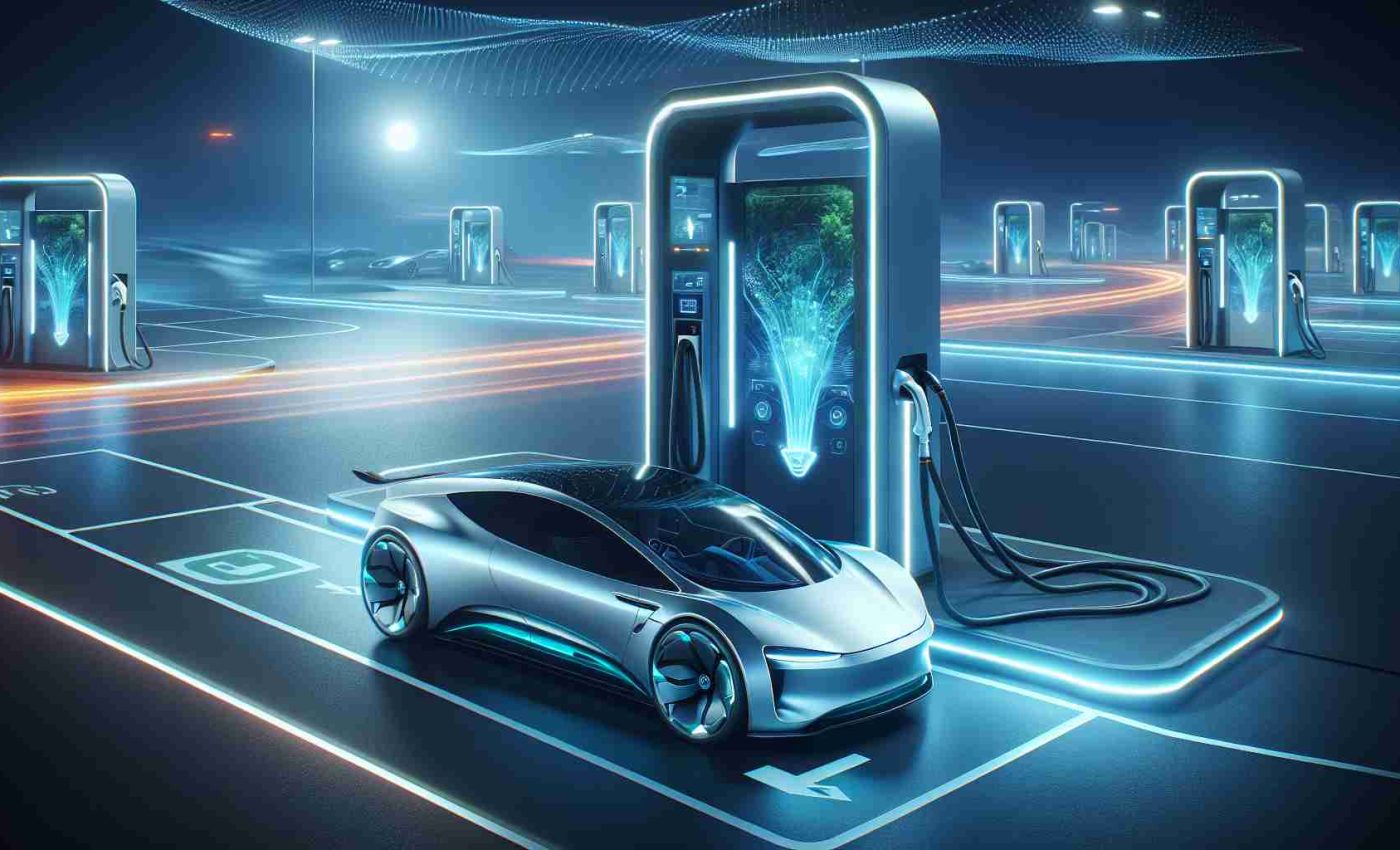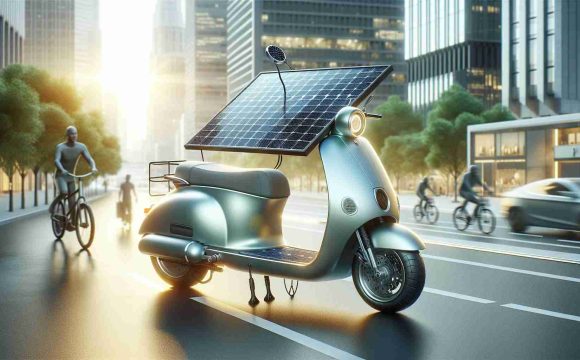Seamless Charging Experience
Picture an electric vehicle charging system that requires no plugs or cables – just park your car and let it charge effortlessly. This vision eliminates the need for heavy cables and the hassle of dealing with connectors, providing a user-friendly experience that enhances safety and convenience.
Game-Changing Technology
As wireless EV chargers evolve, they are now capable of delivering up to 20 kW in just a few hours, with future models expected to reach 100 kW, charging batteries by 50% in under 20 minutes. These advancements in charging technology are crucial for accelerating the adoption of electric vehicles and making them more accessible to a wider audience.
Innovative Components for Efficiency
To ensure the safety and reliability of wireless charging stations, designers are focusing on key components that provide circuit protection, safety monitoring, and efficient power delivery. This includes employing advanced technologies such as SiC and GaN for power semiconductor devices, resonant frequency converters, and high-efficiency components to optimize power delivery and minimize energy loss.
Enhancing Safety and Efficiency
Components like TVS diodes, residual current monitors, and gate drivers play a vital role in safeguarding against overcurrent, overvoltage, and ground faults, while also maximizing efficiency and reliability. By integrating these cutting-edge components, wireless charging systems can offer a more secure and energy-efficient solution for electric vehicle owners.
The future of electric vehicle charging is poised for a revolution, with wireless technology leading the way towards a more sustainable and accessible transportation ecosystem.
The Future of Electric Vehicle Charging Continues to Evolve
With the rapid advancements in electric vehicle (EV) technology, the future of charging infrastructure is constantly evolving to meet the growing demands of consumers. One crucial aspect that is gaining traction in the industry is bidirectional charging capabilities. This innovative feature allows EVs to not only charge from the grid but also discharge energy back into the grid, enabling vehicles to actively participate in the management of energy resources.
Key Questions and Answers
How does bidirectional charging work?
Bidirectional charging systems utilize vehicle-to-grid (V2G) technology, enabling EVs to store excess energy when electricity rates are low and then discharge it back to the grid when demand is high. This two-way flow of electricity not only benefits EV owners by reducing energy costs but also contributes to grid stability and renewable energy integration.
What are the challenges associated with bidirectional charging?
One of the primary challenges of implementing bidirectional charging is standardization. As this technology becomes more widespread, industry stakeholders must work towards establishing common protocols and standards to ensure interoperability between different EV models and charging infrastructure. Additionally, grid compatibility and regulatory frameworks need to be addressed to facilitate widespread adoption.
Advantages and Disadvantages
Advantages:
1. Energy Flexibility: Bidirectional charging allows EV owners to optimize energy usage and potentially earn revenue by participating in energy markets.
2. Grid Resilience: By tapping into EV batteries as a source of energy storage, bidirectional charging can enhance grid stability during peak demand periods or emergencies.
Disadvantages:
1. Battery Degradation: Frequent cycling between charging and discharging may accelerate battery degradation, potentially impacting the lifespan of EV batteries.
2. Infrastructure Investment: The rollout of bidirectional charging infrastructure requires significant investments in technology deployment and grid upgrades, posing financial challenges for stakeholders.
As the automotive industry continues its shift towards electrification, the integration of bidirectional charging technology represents a promising frontier in the evolution of electric vehicles. Embracing this innovation will not only unlock new opportunities for energy management but also contribute to building a more resilient and sustainable energy ecosystem.
For further insights on the future of EV charging technology, visit Energy.gov.







